Your bathroom is one of the most important spaces in your home, but it's also the most vulnerable to water damage. With its frequent exposure to moisture, steam, and splashes, ensuring your bathroom is properly protected is essential to avoid unnecessary repairs and maintain its longevity. Whether you own an elegant acrylic freestanding tub or a luxurious shower setup, keeping your bathroom water-tight is crucial for preserving your home’s integrity.
This guide will walk you through practical steps to shield your bathroom from water damage while maintaining its style and functionality.
The Risks of Water Damage in Bathrooms
Excess water in your bathroom might seem harmless at times, but it can lead to major problems, such as:
· Mold and mildew growth that harms air quality and health.
· Structural damage to floors and walls, especially if water seeps underneath tiles.
· Wasted money on repairs and replacements.
· Unsightly stains and wear on bathroom fixtures and surfaces.
By taking preventive measures, you can significantly reduce or eliminate these risks.
Why Focus on Freestanding Tubs and Showers?

Freestanding bathtubs, especially the trendy acrylic freestanding tubs, are popular for their contemporary style and luxurious appeal. However, like showers, they can accidentally cause water spillage, which can contribute to water damage if proper care isn't taken. Since these fixtures don’t always form a tight seal with surrounding walls or floors, managing water becomes even more critical.
Steps to Protect Your Bathroom from Water Damage
1. Use Waterproof Bathroom Flooring
Since bathroom floors are the first to bear the brunt of spills and splashes, investing in waterproof flooring is a game-changer. Popular materials for bathroom floors include:
· Ceramic or Porcelain Tiles: These are water-resistant and durable.
· Luxury Vinyl Flooring: Stylish and waterproof, it’s a great choice for bathrooms.
· Natural Stone (like marble or slate): Highly durable but porous—ensure it’s well-sealed.
Pro Tip: When installing flooring around an acrylic freestanding tub, ensure a proper slant or drainage slope to prevent water from pooling.
2. Seal Joints and Cracks
Water can seep into small cracks and joints, causing damage over time. To avoid this:
· Apply silicone caulking or grout around the edges of bathtubs and showers.
· Reseal the grout around tiles periodically to maintain its integrity.
· For freestanding tubs, ensure any gaps between the tub base and floor are sealed appropriately.
3. Install Proper Drainage
Good drainage prevents water from stagnating and causing damage. Pay close attention to these areas:
· Shower Drains: Regularly clear clogs to ensure water flows properly.
· Freestanding Tub Placement: Ensure the tub is placed on level flooring with a nearby drain to prevent water from pooling.
· Overflow Drains: Tubs, especially acrylic freestanding tubs, often have overflow drains—check and clean them regularly to prevent blockages.
4. Choose the Right Shower Curtain or Enclosure
Shower curtains or enclosures play a big role in controlling water splashes. Consider:
· A floor-length waterproof shower curtain for enclosed showers or bathtubs.
· Glass shower doors or screens for clean and modern protection.
For acrylic freestanding tubs, try installing a curved curtain rod for maximum splash coverage without compromising the tub’s aesthetic.
5. Invest in a High-Quality Exhaust Fan
Proper ventilation is a must in bathrooms to reduce moisture buildup. A powerful exhaust fan:
· Helps eliminate excess humidity after baths and showers.
· Reduces the risk of mold and mildew growth.
· Extends the lifespan of paint, grout, and fixtures.
Ensure your exhaust fan is correctly sized for your bathroom space, and make it a habit to turn it on during and after bathing.
6. Use Bath Mats and Rugs Smartly
Bath mats and rugs help in soaking up water spills, protecting your floors. Here's how to use them effectively:
· Opt for non-slip, quick-drying mats to avoid mold buildup.
· Place them strategically near tubs and showers.
· Wash and dry them frequently to keep them clean and free of dampness.
7. Add Splash Guards Around Fixtures
Splash guards are great for bathrooms prone to water spills. These small additions:
· Fit seamlessly around bathtubs and shower edges.
· Prevent water from escaping where it shouldn’t, like near doorways or close to walls.
· Are especially useful around freestanding tubs where water can easily splash onto the surrounding floor.
8. Paint with Water-Resistant Wall Paint
Humidity can wreak havoc on your bathroom walls over time. Combat this by:
· Applying moisture-resistant paints with mildew inhibitors.
· Using tile or waterproof wall panels for areas directly exposed to water, such as behind the shower or along the tub.
9. Keep Your Acrylic Freestanding Tub Well-Maintained
Acrylic freestanding tubs are visually stunning, durable, and easier to maintain than other materials if cared for correctly:
· Clean your tub regularly with non-abrasive cleaners to prevent stains and buildup.
· Check for any cracks or wear—if damaged, water may find its way underneath, causing structural problems.
· Be mindful of water splashing when getting in and out, and always keep the space around it free of standing water.
10. Regularly Inspect for Leaks
Routine checks are essential to catch any potential water damage early:
· Inspect plumbing connections behind the freestanding tub and under sinks.
· Look for discoloration or bubbling on painted surfaces, which could indicate hidden leaks.
· Test fixtures like faucets and showerheads, which can drip unnoticed over time.
11. Use Tastingful Accessories for Convenience
Practical accessories can add style and minimize water damage:
· Tub trays to reduce the risk of spills during long baths.
· Attractive and functional storage solutions to keep towels and toiletries dry.
· Hanging hooks for shower curtains or towels to allow better drying.
12. Educate Household Members
The entire household plays a role in protecting the bathroom from water damage. Here’s how you can align everyone:
· Set rules for cleaning up right after water spills.
· Teach kids how to close shower curtains properly to avoid splashes.
· Encourage responsible use of mats, towels, and the exhaust fan.
Final Thoughts
Protecting your bathroom from water damage doesn’t mean compromising its style or comfort—especially if you own an acrylic freestanding tub. With preventative maintenance, clever design choices, and a few essential upgrades, you can keep your bathroom water-tight, functional, and beautiful for years to come.
If you're renovating or creating your dream bathroom, start by selecting high-quality, durable materials and finishes. Your acrylic freestanding tub should remain the centerpiece while delivering convenience without added stress.
Now it’s your turn. Which tip are you planning to implement first? Share your thoughts (or your bathroom wins) in the comments below!

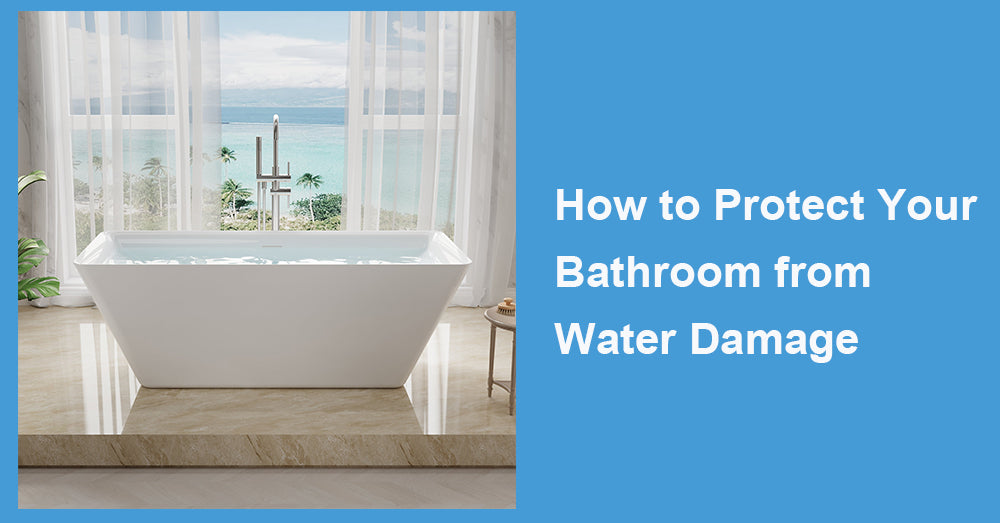
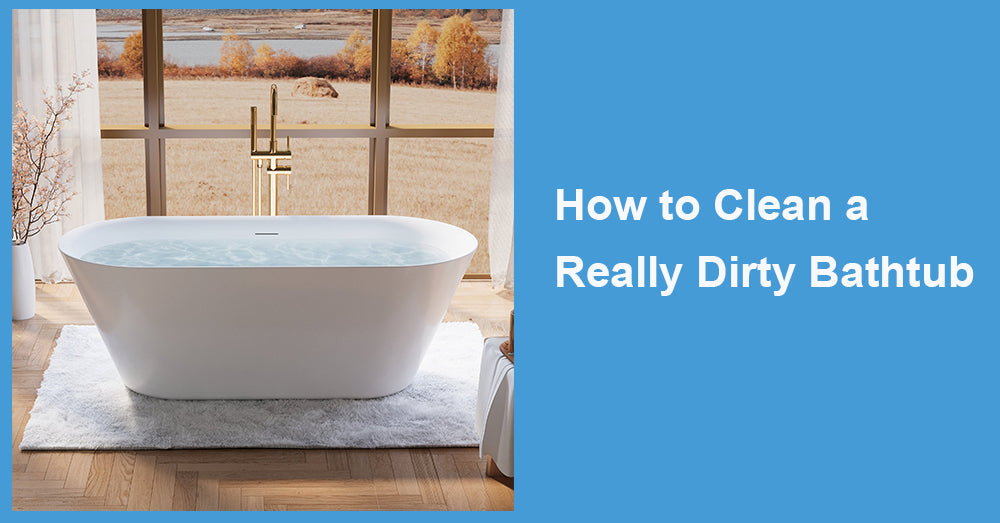
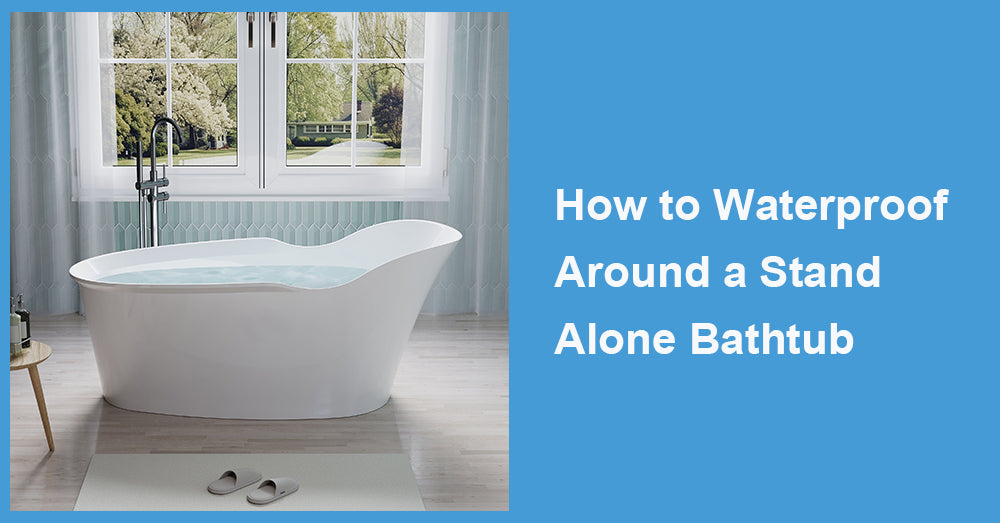
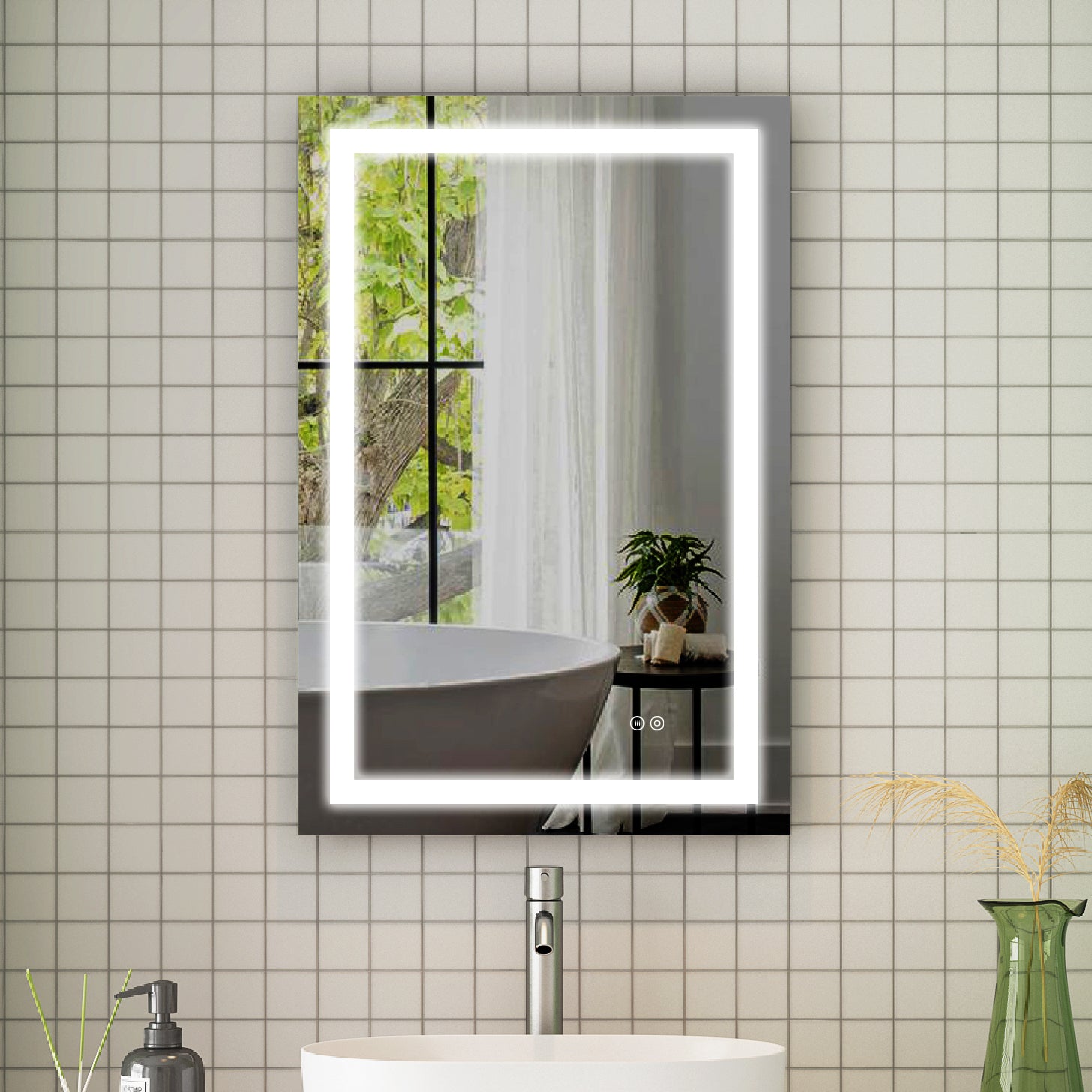

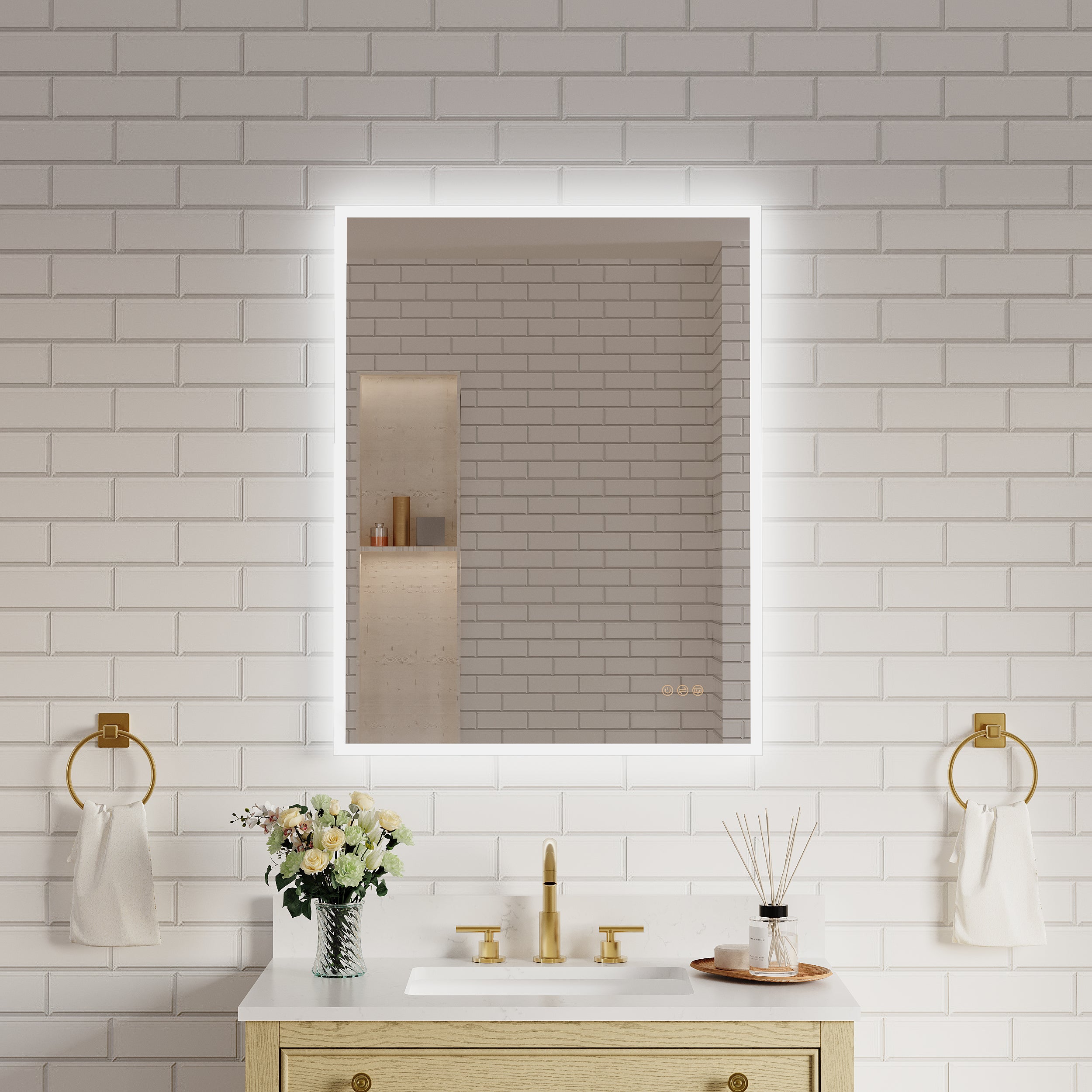

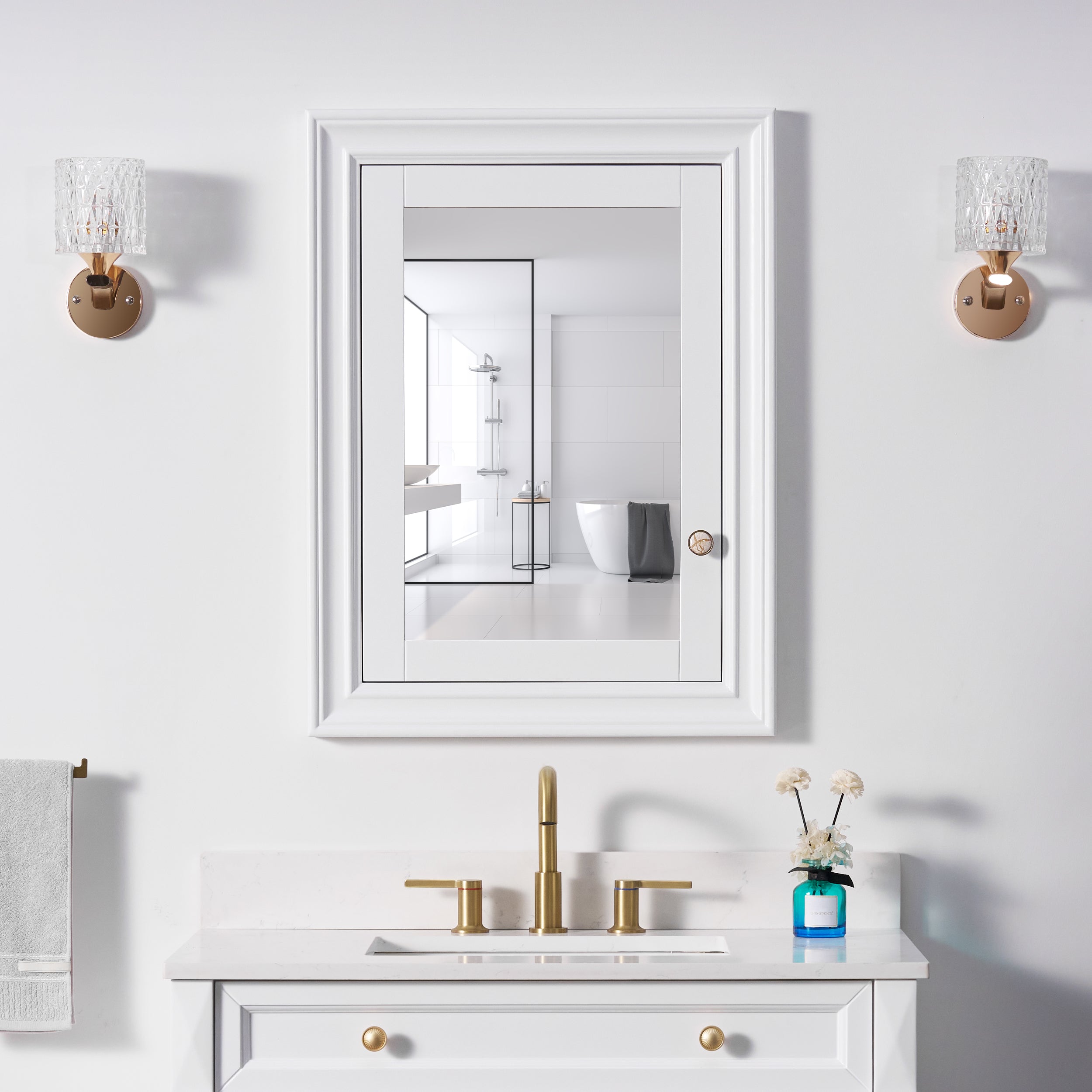
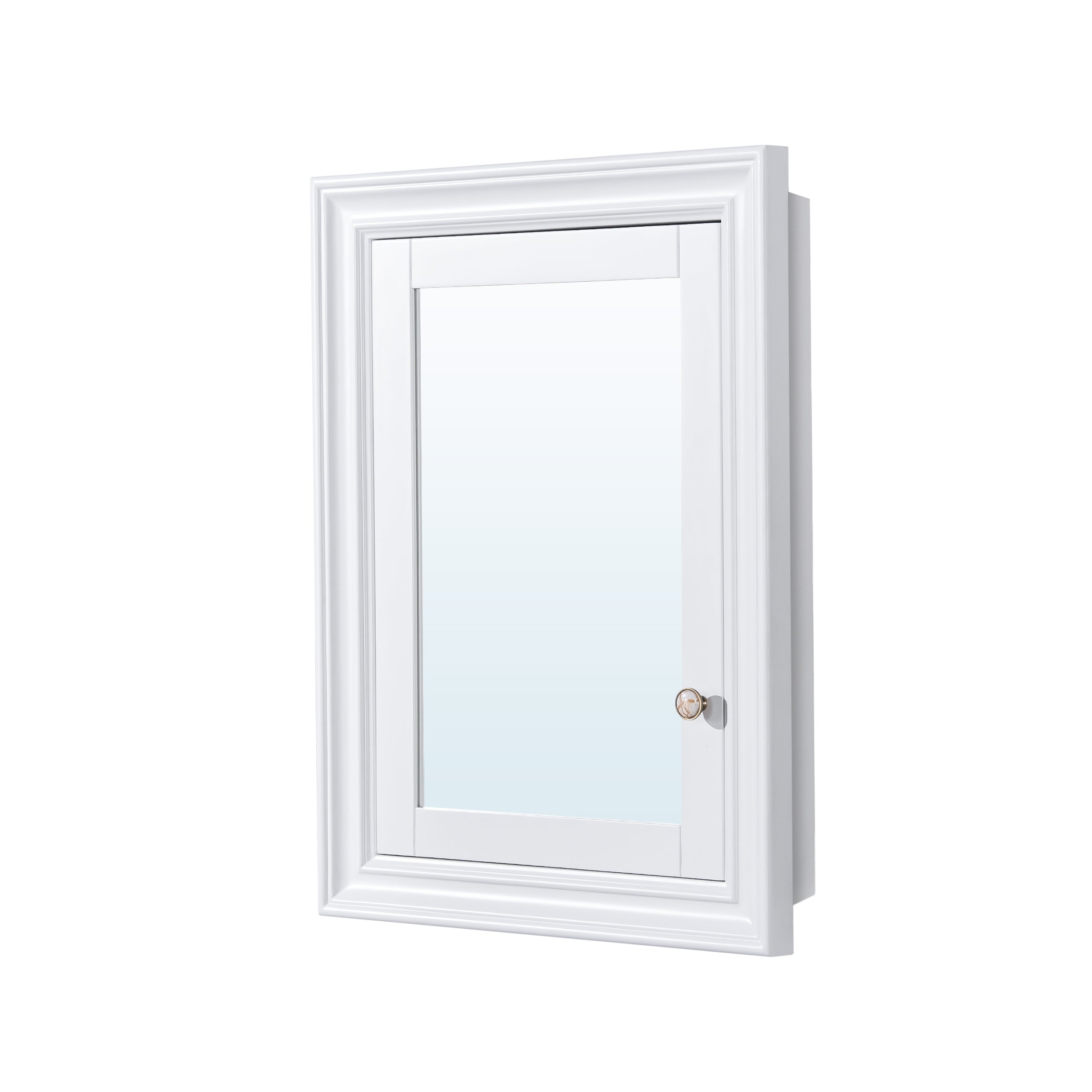
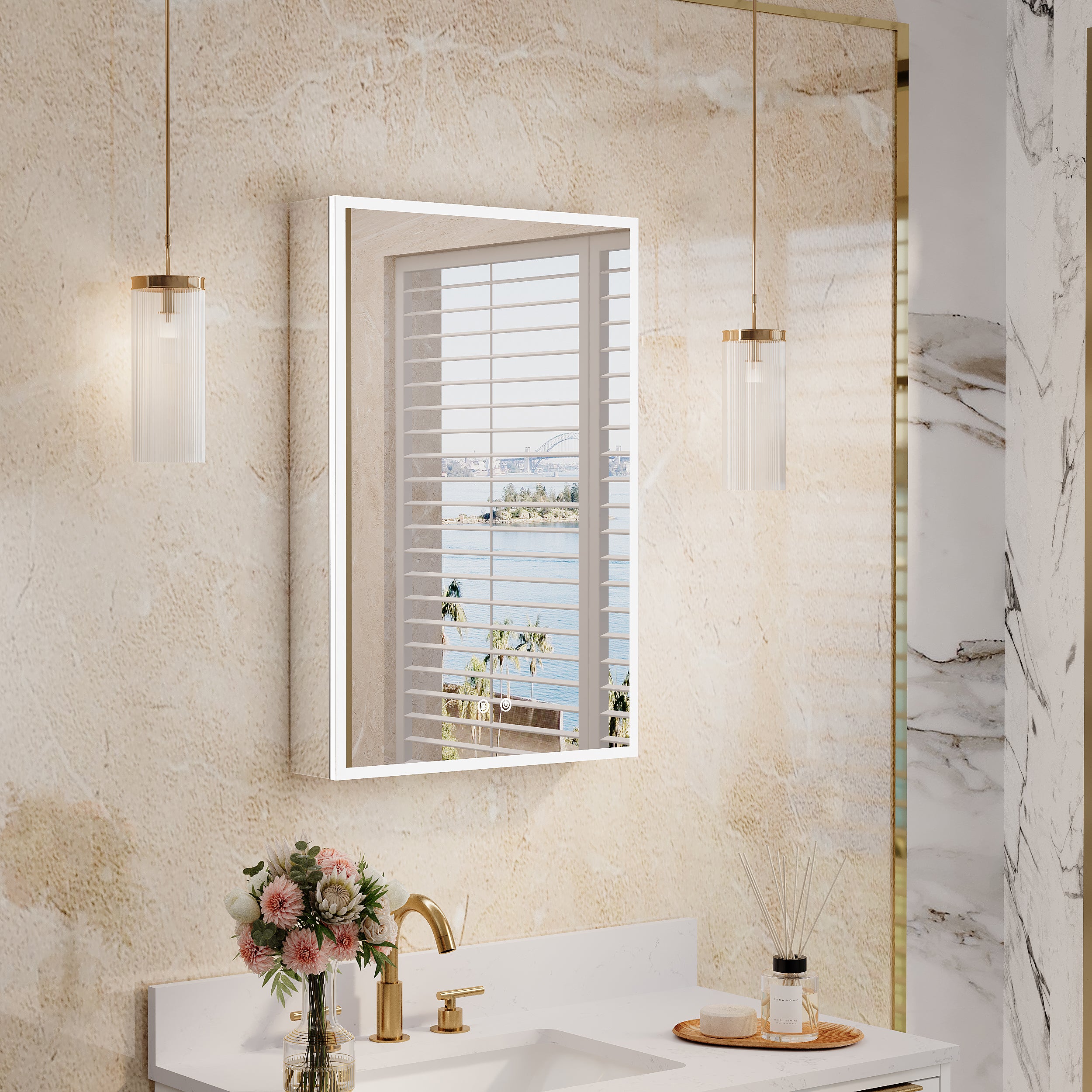
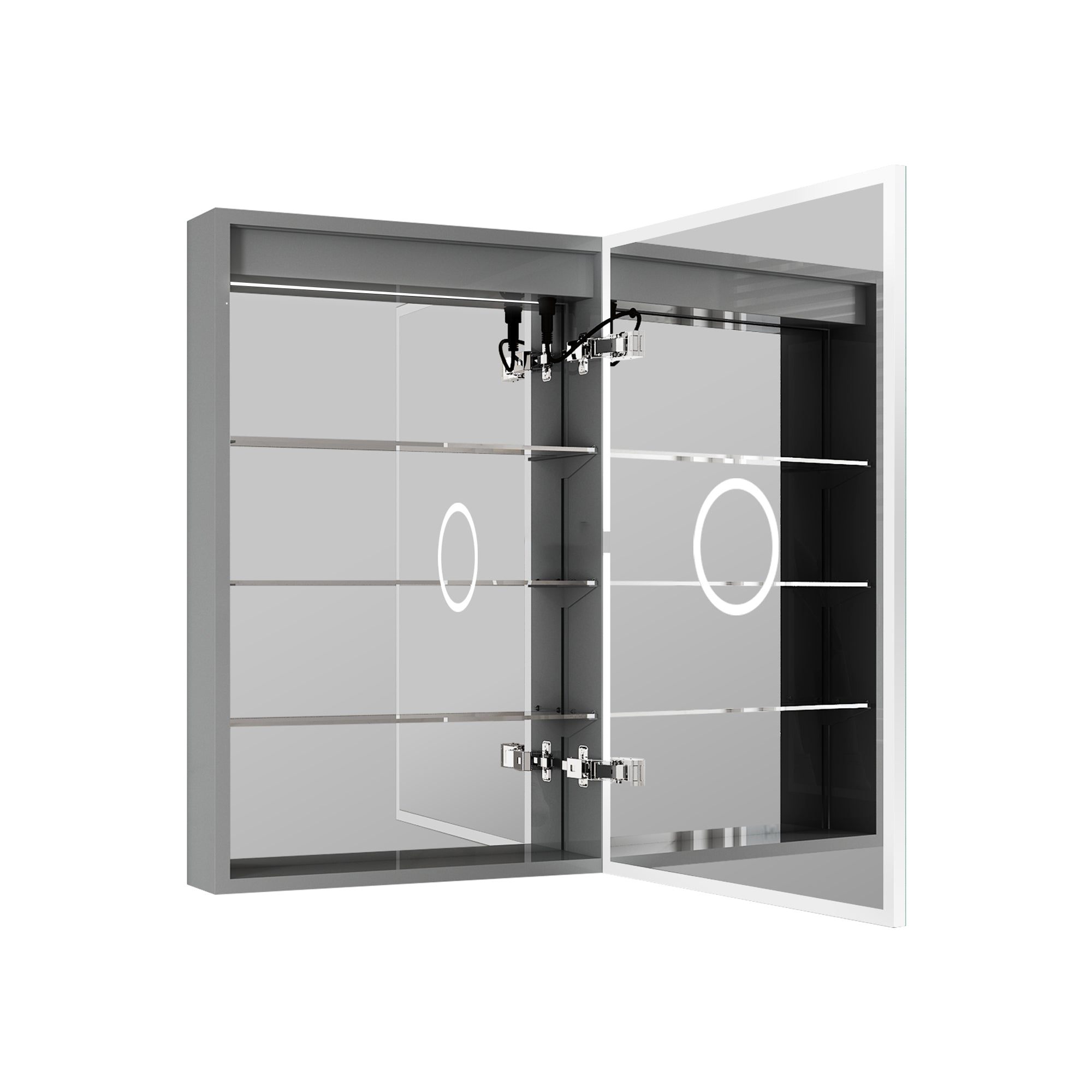
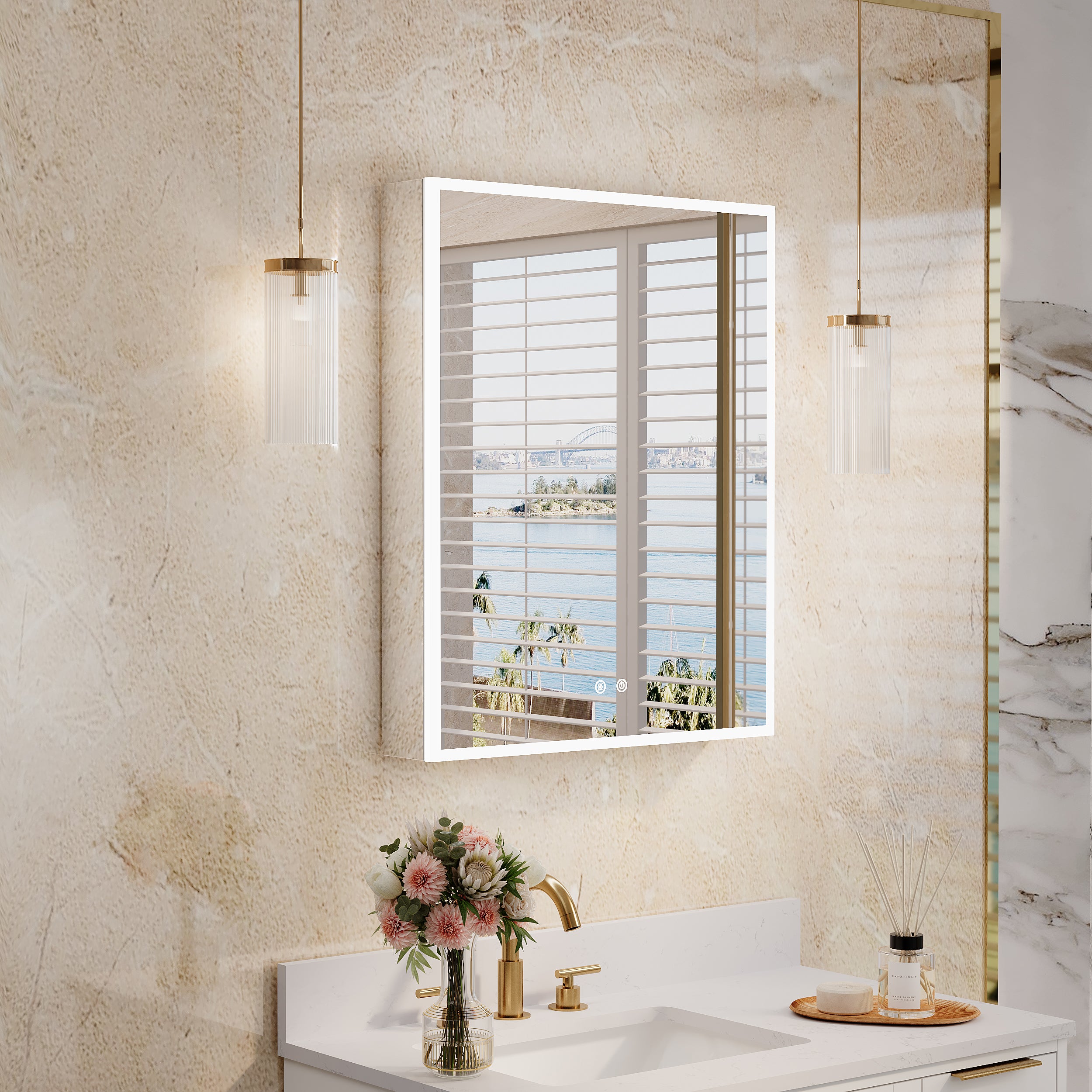
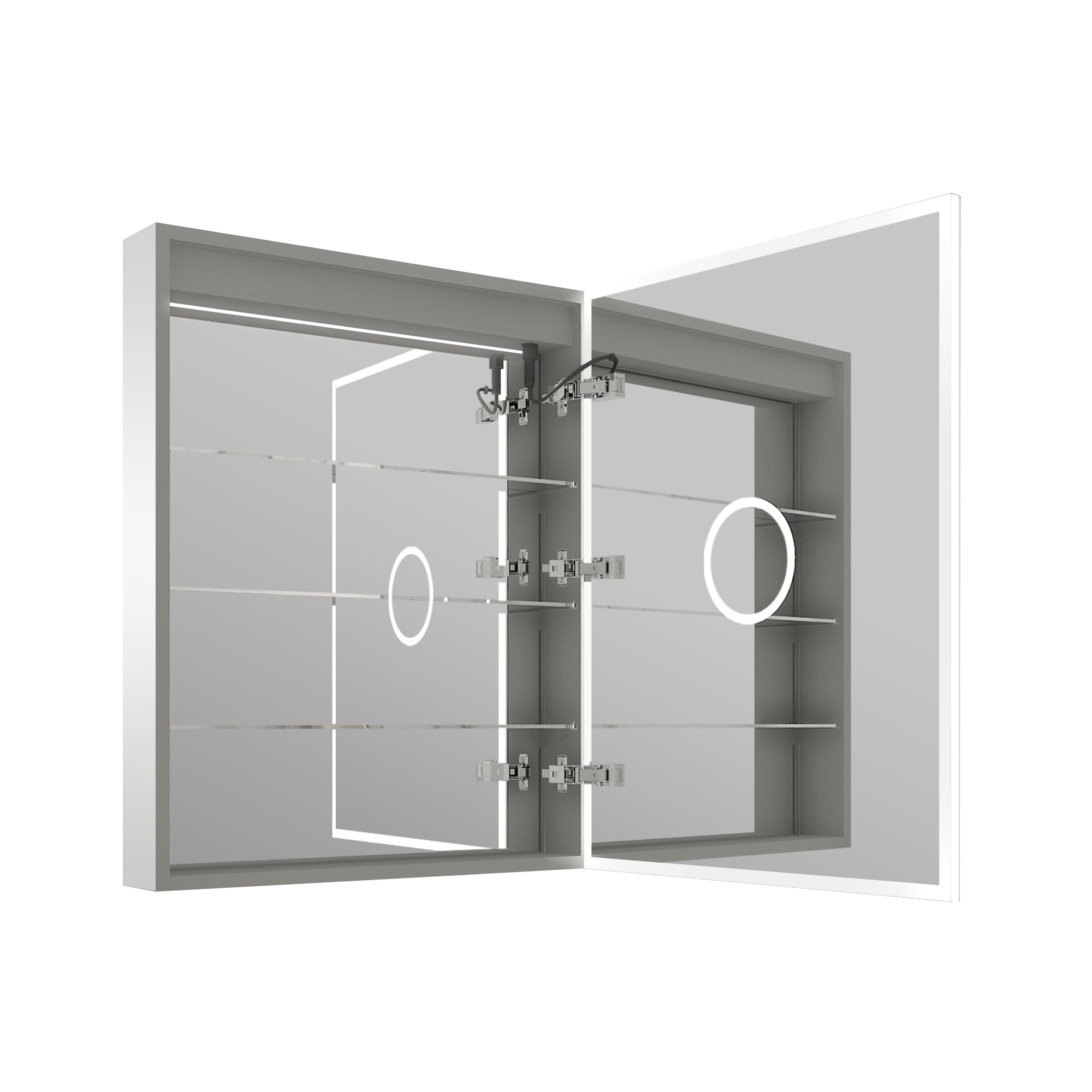
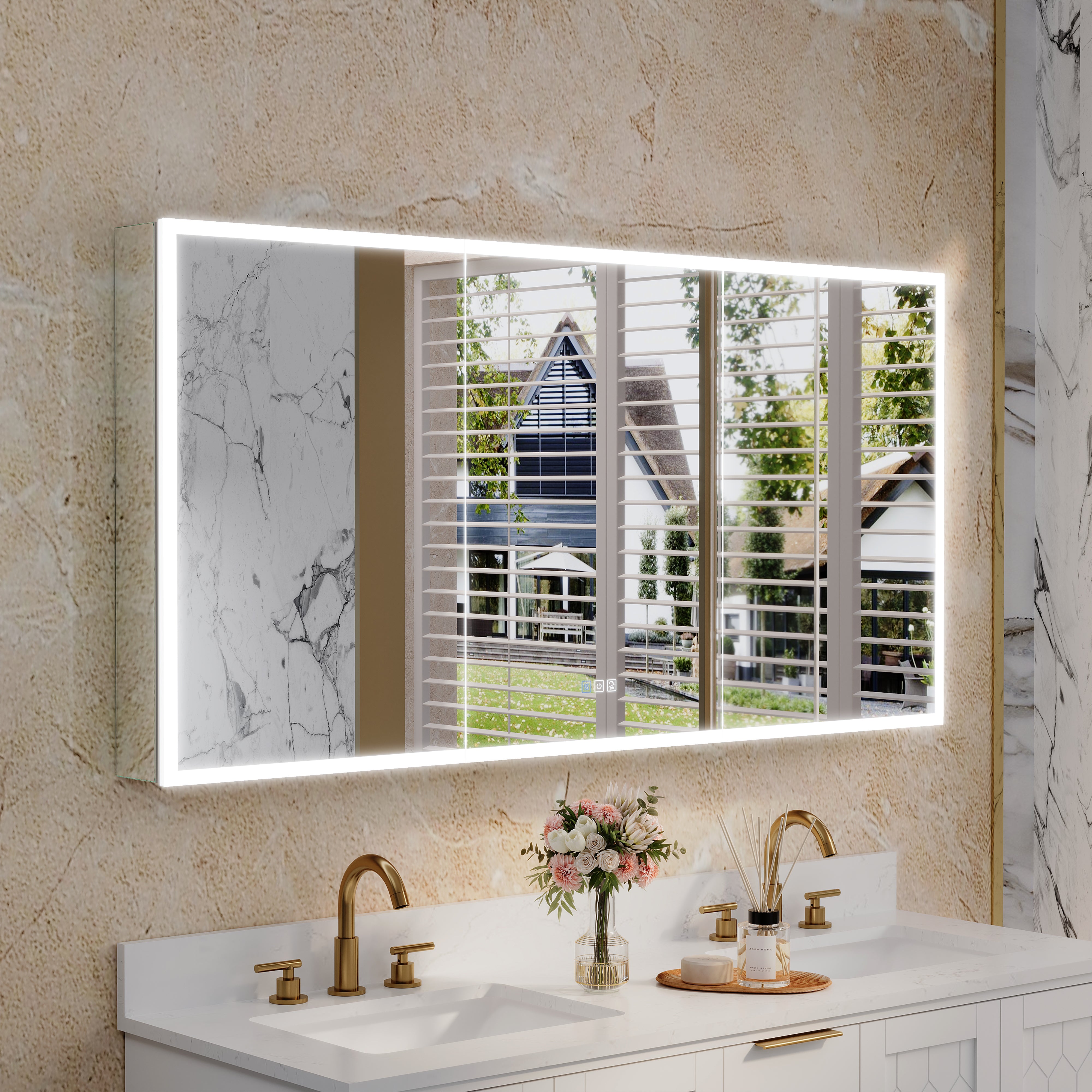

Leave a comment
This site is protected by hCaptcha and the hCaptcha Privacy Policy and Terms of Service apply.